Blue: Everything to Know About the Color Blue
- The Finest Writer

- May 4
- 4 min read
Updated: May 8
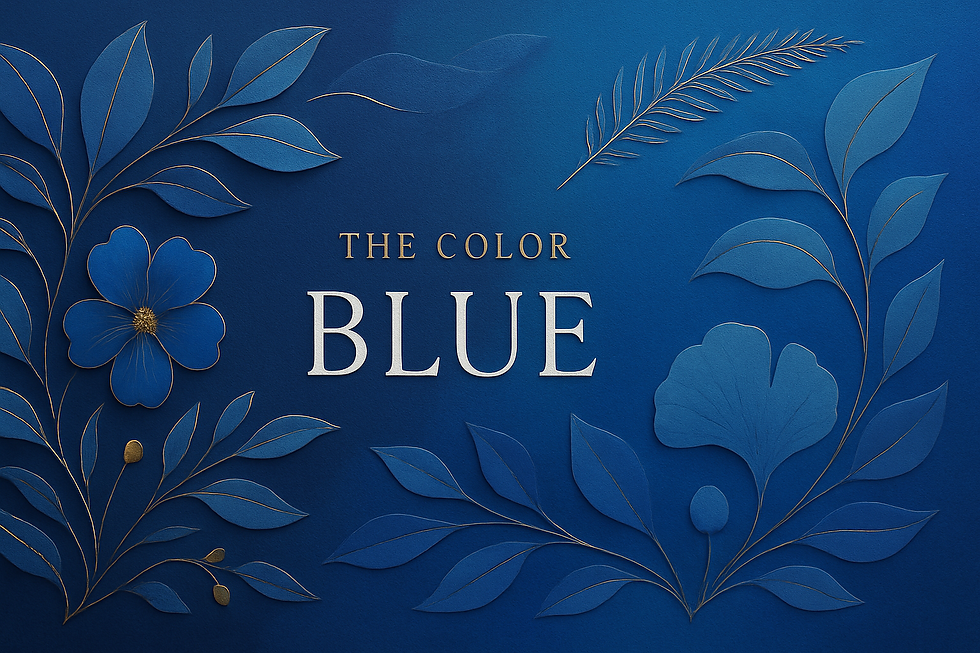
Welcome to our comprehensive guide on the timeless and expansive color blue. This article will explore blue's meaning, symbolism, history, and its widespread use in art, design, fashion, and culture.
Blue is one of the most beloved colors in the world. It represents the sky, the sea, and wide open spaces. From calm and serenity to trust and wisdom, blue carries deep emotional and cultural significance that has endured for centuries.
Whether you're considering blue for a creative project, personal style, or simply curious about its background, this article offers everything you need to know about it.
What Color is Blue?

Blue is a primary color on the RGB color wheel, and the CMY subtractive model is used in printing. It is one of the three basic colors from which other colors are made, alongside red and yellow in pigment, or green and red in light.
Blue spans a broad spectrum, from pale sky blue to deep navy and midnight hues. It is associated with calmness, stability, and depth, and appears abundantly in nature through the sky and bodies of water.
How to Make Blue?
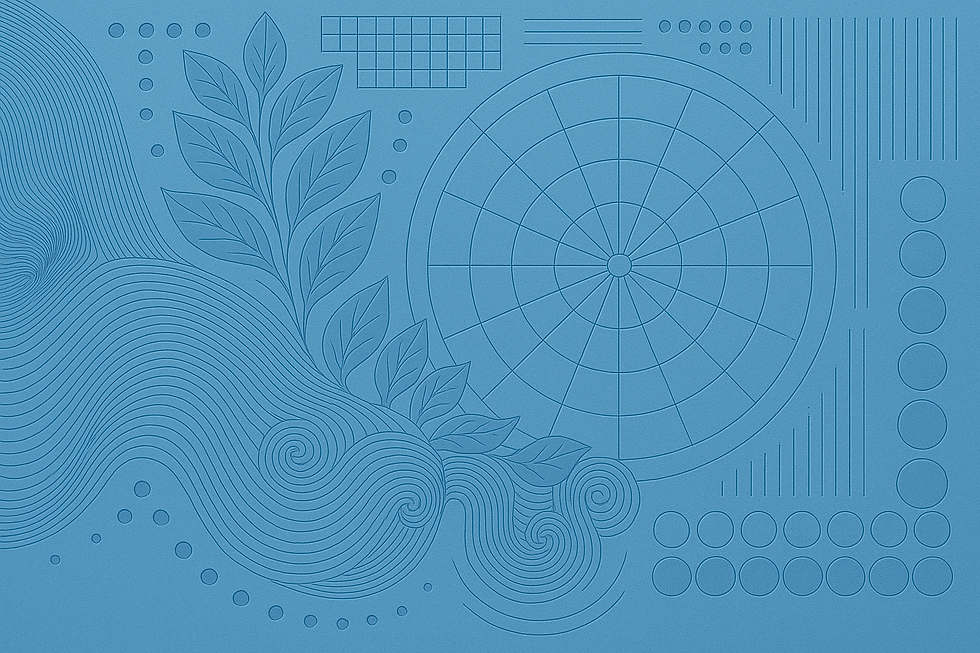
Blue is a primary color, meaning it cannot be created by mixing other colors in pigment. However, digital systems create blue using light in the RGB model.
Blue RGB Values (standard blue)
Red: 0
Green: 0
Blue: 255
Blue HEX Color Code
The HEX code for standard blue is #0000FF.
Blue CMYK Code
Cyan: 100%
Magenta: 100%
Yellow: 0%
Black: 0%
Paint Mixing to Create Shades of Blue
While pure blue cannot be mixed, various shades can be created by blending blue with white (for lighter tints like sky blue), black (for deeper tones like navy), or other colors like green or purple to create teal or indigo.
Light and Perception of Blue
Blue is perceived as a cool, calming color that can evoke feelings of tranquility or melancholy depending on its shade and surrounding colors. Depending on lighting and the medium, its appearance can shift between vibrant and muted.
What Colors Match Blue?
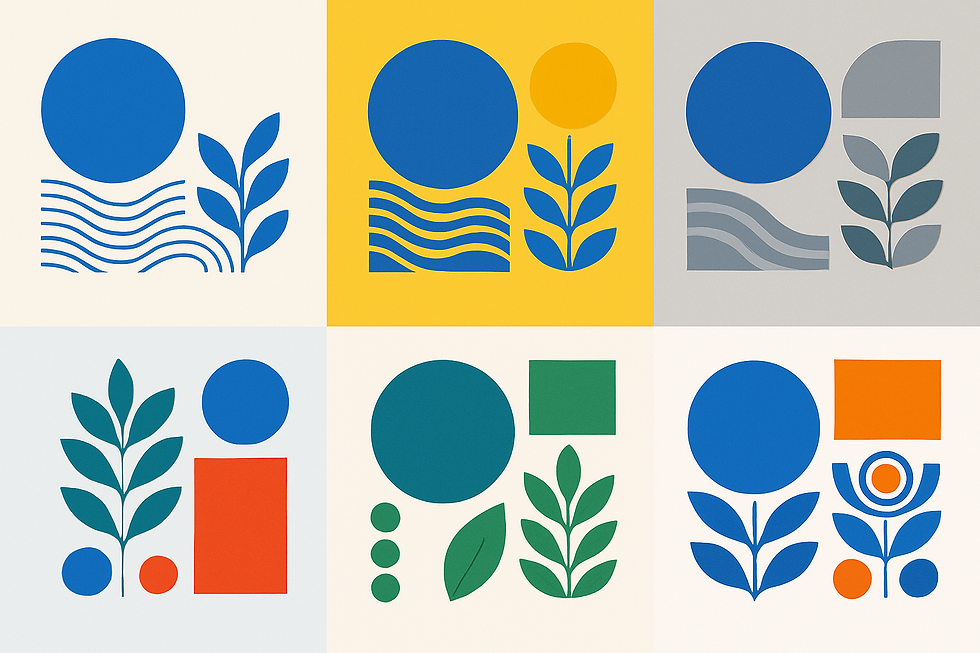
Blue pairs well with various colors, creating balanced, vibrant, or calming palettes. Here are some standout combinations:
Blue and White: This classic pairing feels clean and fresh, evoking the sky, clouds, or ocean waves.
Blue and Yellow: Yellow’s warmth contrasts beautifully with blue’s coolness, creating a lively, balanced look.
Blue and Gray: A modern, sleek combination. Gray softens blue’s intensity, reblues in a calm, contemporary palette.
Blue and Red: A bold, primary color pairing. Red adds energy, while blue provides balance.
Blue and Green: Neighboring colors on the spectrum create a harmonious, nature-inspired palette.
Blue and Orange: As complementary colors, blue and orange create a vibrant, high-contrast look.
What is Blue's Complementary Color?
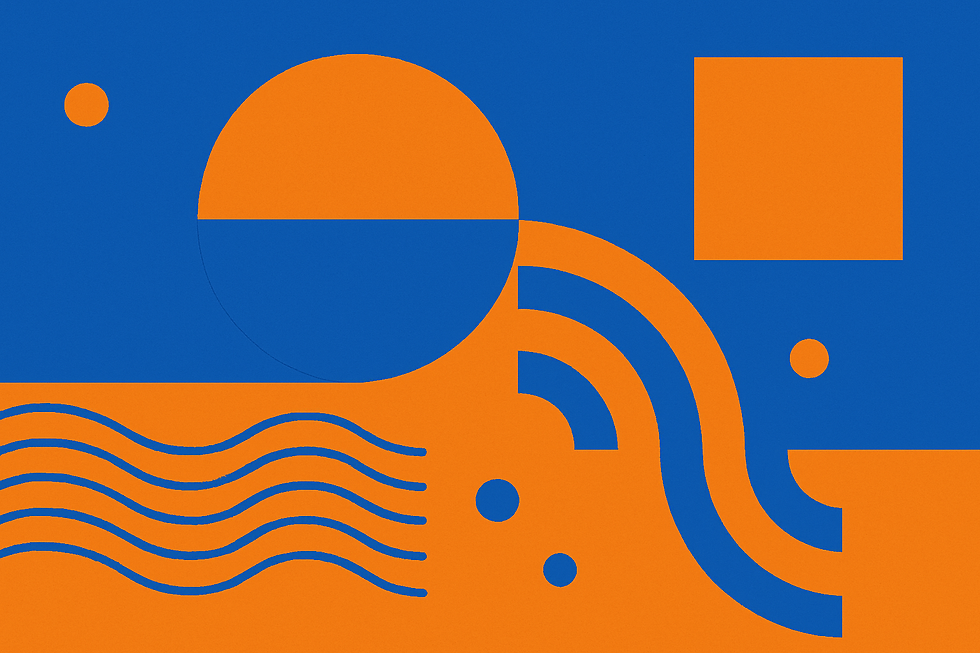
In the traditional color wheel, blue is complementary to orange. This pairing creates a strong visual contrast, which is often used in art and design to create balance and vibrancy.
What Colors are Similar to Blue?

Blue covers a wide range of shades and tones. Here are some colors closely related to blue:
Sky Blue: A pale, soft blue that evokes open skies and calmness.
Royal Blue: A vivid, bright blue that feels regal and bold.
Navy Blue: A dark, deep blue that borders black, offering sophistication and depth.
Turquoise: A mix of blue and green with a bright, tropical feel.
Indigo: A deep blue with purple undertones, often used in art and fashion.
Cyan: A bright blue-green shade that feels refreshing and modern.
What Does Blue Symbolize?
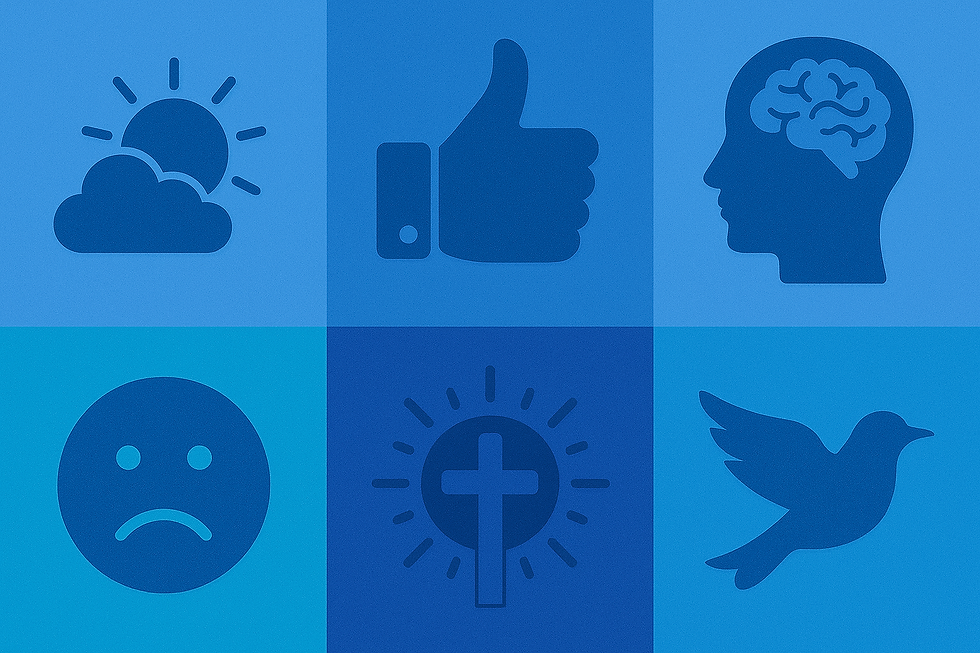
Blue holds deep symbolic meanings across cultures and contexts. Here are some of the most common associations:
Calmness and Serenity: Blue is often linked to peace, tranquility, and relaxation, much like the sky or sea.
Trust and Dependability: In business and branding, blue symbolizes reliability, security, and professionalism.
Wisdom and Intelligence: Blue is associated with depth of thought, reflection, and knowledge.
Sadness and Melancholy: In Western culture, blue symbolizes sadness or introspection, as seen in phrases like "feeling blue."
Spirituality and Healing: "In many cultures, blue is connected to the spiritual realm, symbolizing healing, protection, and faith.
Freedom and Exploration: Linked to the sky and sea, blue represents vastness, freedom, and open possibilities.
The History of Blue

Blue has played a significant role in human history, from ancient pigments to digital design.
Ancient Civilizations: In ancient Egypt, blue pigments were made from minerals like lapis lazuli and used in jewelry, paintings, and religious artifacts. Blue represented the heavens and divine protection.
Classical Antiquity: In Greece and Rome, blue was associated with the sea and the sky but was less valued than red or purple due to the rarity of vibrant blue dyes.
Middle Ages: Blue gained importance in Europe, symbolizing the Virgin Mary and becoming associated with purity and faith.
Renaissance and Baroque Periods: Artists used blue pigments like ultramarine, derived from lapis lazuli, to create vivid skies and garments, often reserved for important religious figures.
19th and 20th Centuries: Synthetic blue pigments like Prussian blue and cobalt blue became available, expanding blue’s use in art, fashion, and design.
Modern Use: Today, blue is one of the most popular colors worldwide. It is used across industries, from corporate branding to fashion, technology, and interior design, symbolizing trust, calmness, and innovation.
Blue is more than just a color. It symbolizes peace, wisdom, and trust across cultures and generations. Whether incorporating pale sky blues or deep navy hues, blue brings calm, stability, and depth to any project.




